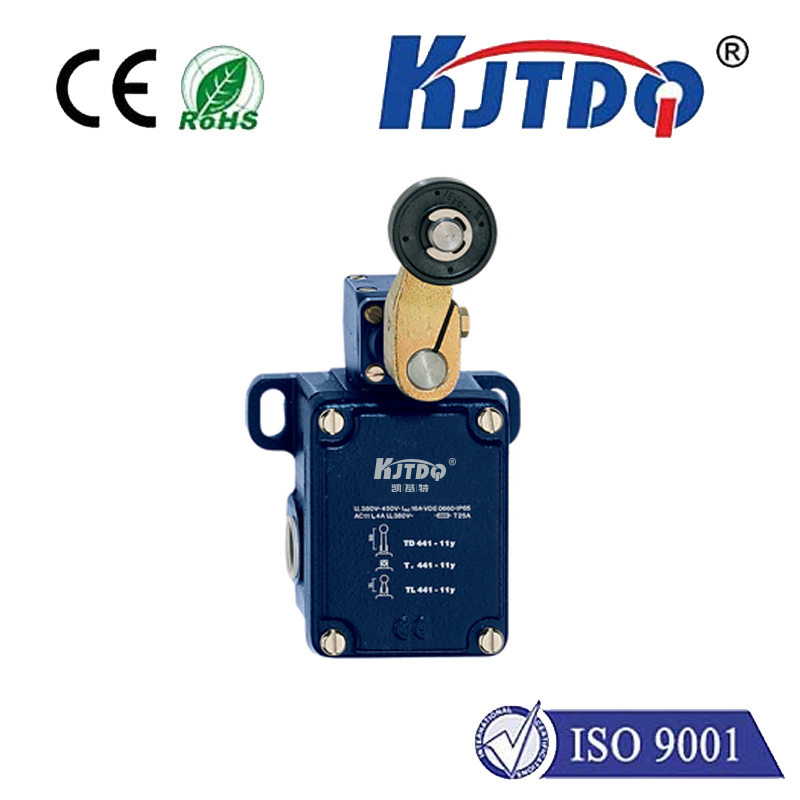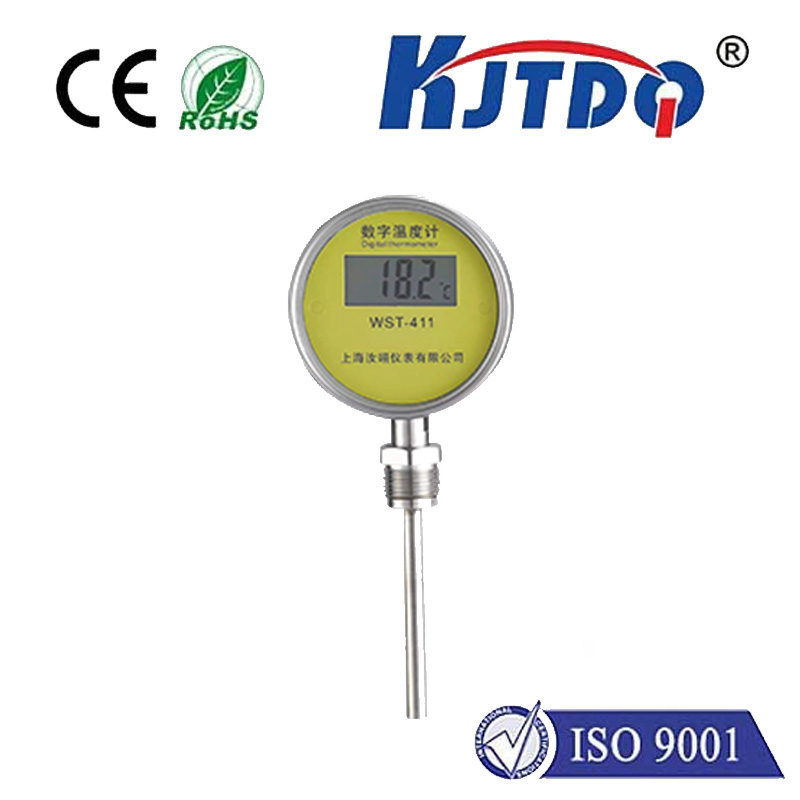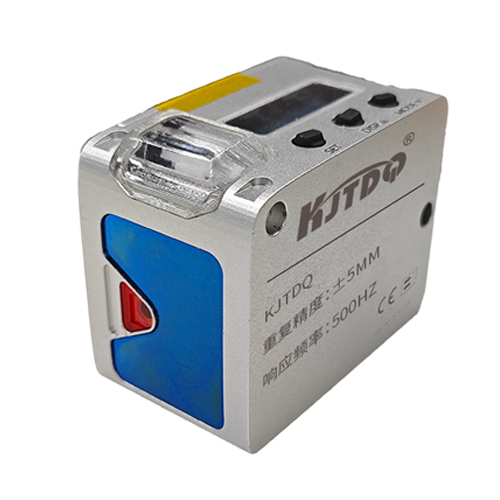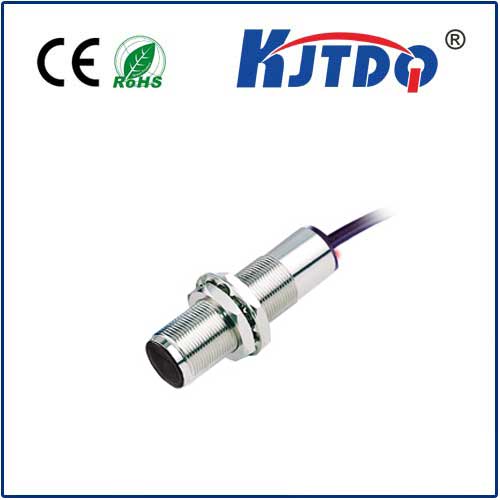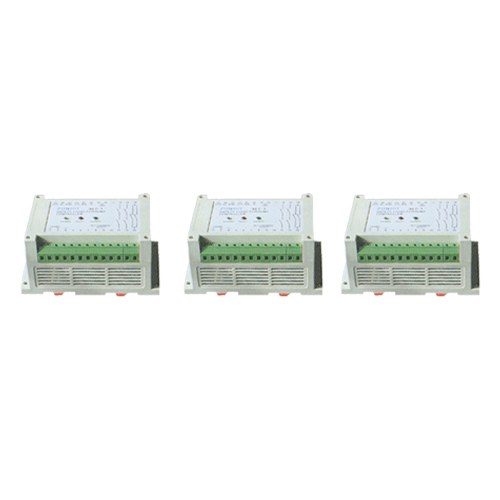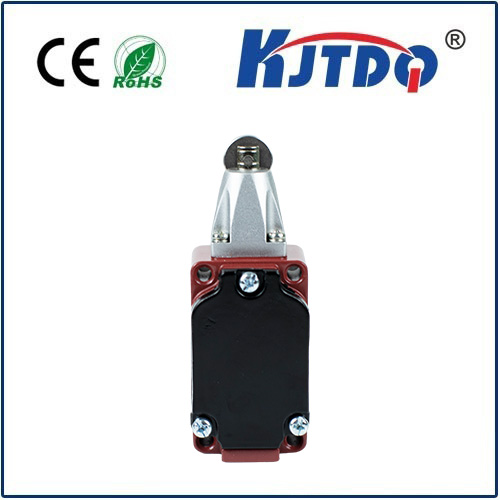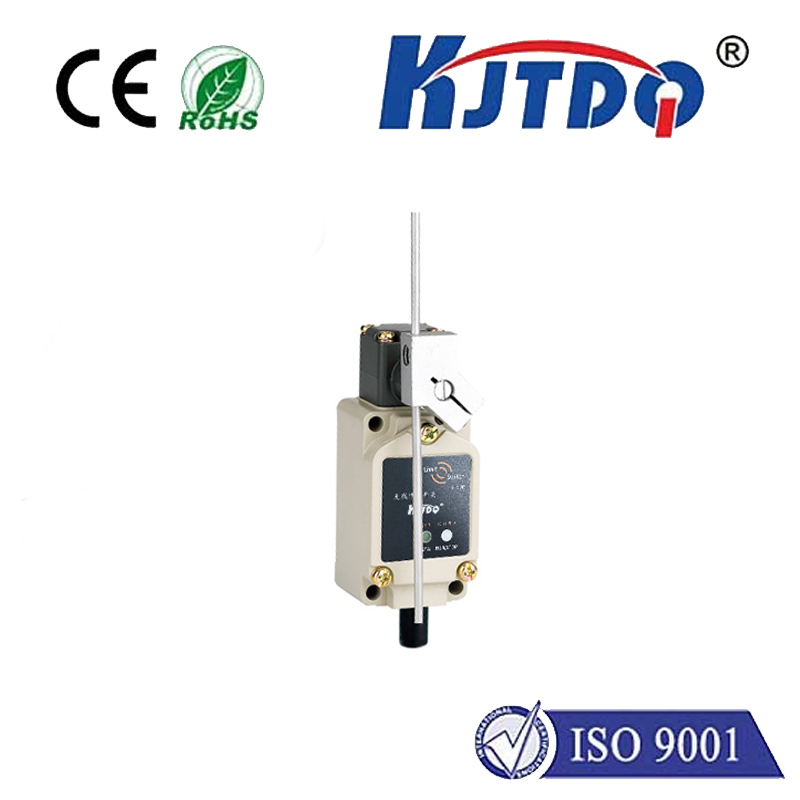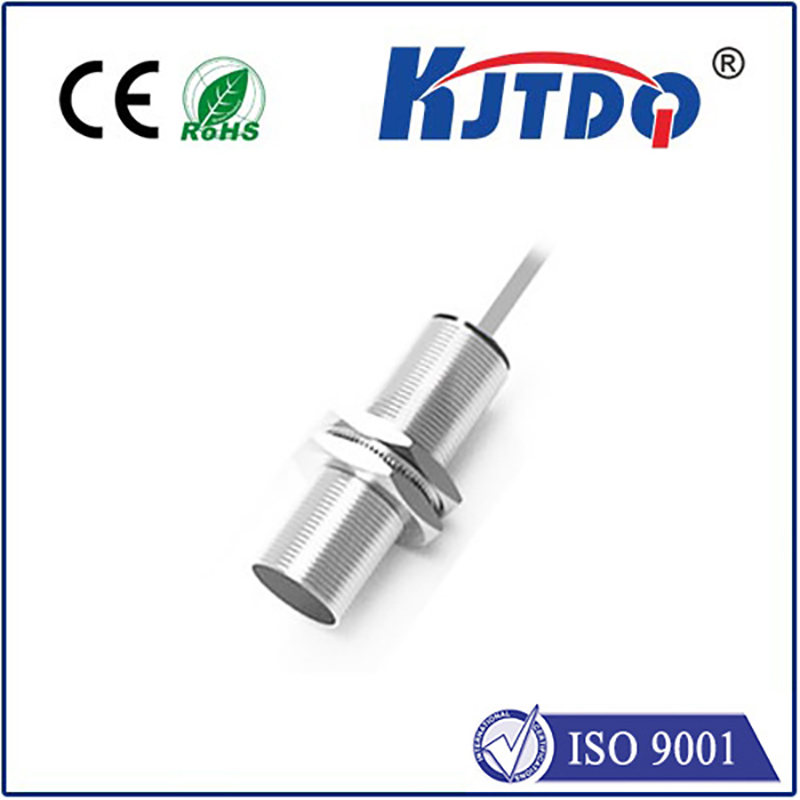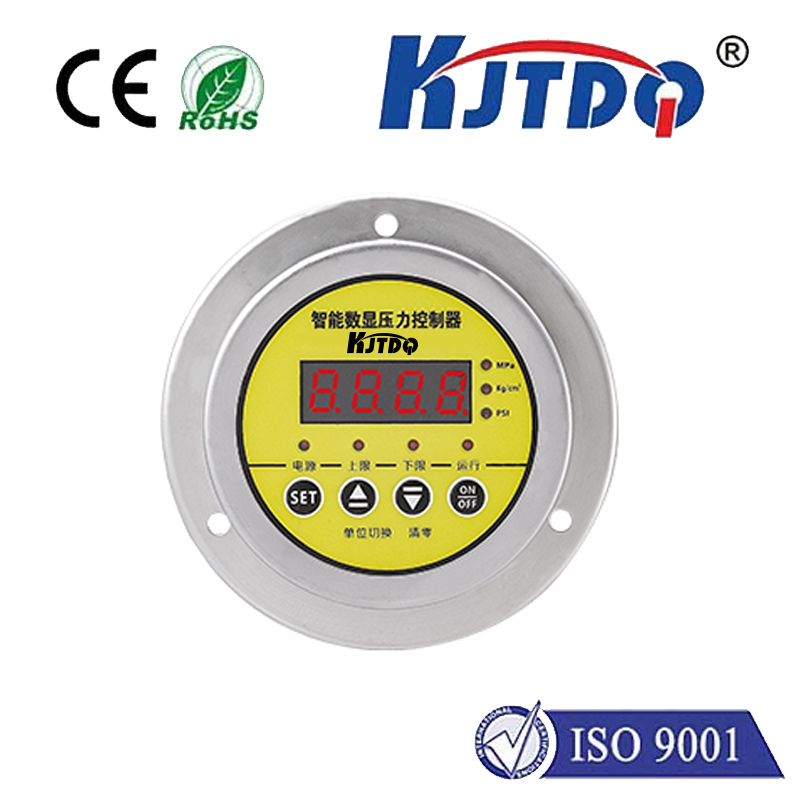fan high limit switch
- time:2025-08-04 12:36:05
- Click:0
Fan High Limit Switch: Your HVAC System’s Essential Overheat Guardian
Imagine your furnace humming away on a frigid winter night, dutifully warming your home. Suddenly, an unexpected surge or airflow blockage sends internal temperatures rocketing. Without intervention, this could lead to damaged components, compromised efficiency, or even a fire hazard. Standing silently between safe operation and potential disaster is the often-overlooked but indispensable fan high limit switch. This small, clever device is the unsung hero of your heating and cooling system’s safety circuit.
Understanding the Core Function: Safety First
The fan high limit switch, sometimes simply called a limit switch, is fundamentally a safety sensor. Its primary mission is to monitor the temperature within the furnace cabinet, heat exchanger area, or plenum. Specifically, its job is to detect temperatures that climb beyond the designed safe operating range. When this critical threshold is reached, the switch acts decisively: it interrupts the electrical circuit powering the system’s main burners or heating elements.
How Does This Protective Action Work?
Most residential and light commercial fan high limit switches operate on a relatively simple, robust principle:
- Temperature Sensing: The switch incorporates a temperature-sensing element, most commonly a bimetallic disc or snap disc. This disc is carefully calibrated to respond at a specific temperature (the “trip point” or “set point”).
- Reaching the Threshold: As the ambient temperature surrounding the switch rises above its designated safe limit (typically due to restricted airflow, dirty filters, duct obstructions, blower failure, or excessive burner heat), the sensing element reacts physically.
- Breaking the Circuit: This physical reaction (the bimetal disc warping or snapping) forces the internal electrical contacts within the switch open. Crucially, these contacts are usually normally closed (NC) in safe, cool conditions. Opening them breaks the power supply.
- System Shutdown: By opening the circuit, the switch immediately cuts power to the gas valve (in a gas furnace) or to the heating elements (in an electric furnace or heat pump auxiliary heat). This halts the heat generation process.
- Fan Run-On (Critical Function): Here’s where the “fan” part of its name becomes vital. Even after cutting heating power, the switch circuitry often allows the system’s blower fan to continue running. This intentional overshoot serves a critical purpose: to purge residual heat from the heat exchanger or plenum. Circulating cooler air prevents dangerous heat buildup and helps protect sensitive components, including the heat exchanger itself, from thermal stress and cracking. The fan typically runs for a predetermined time or until the temperature drops sufficiently below the switch’s reset point.
Types and Reset Mechanisms

Fan high limit switches generally fall into two categories based on how they recover after tripping:
- Manual Reset: These switches require a physical push of a reset button once the overheating condition has been resolved and the switch itself has cooled down significantly. This type is often used in applications where immediate automatic restart could be dangerous or where a technician needs to diagnose the root cause before operation resumes.
- Automatic Reset: More common in standard residential systems, these switches will automatically re-close their electrical contacts once the temperature surrounding them drops back below a designed reset point (which is lower than the trip point). Once closed, the system can attempt to restart normally according to the thermostat’s demand. Caution: If the underlying problem causing the overheating isn’t fixed, an auto-reset switch may cycle repeatedly, potentially leading to premature component failure.
Placement and Importance of Selection
The physical location of the fan high limit switch is critical for its effectiveness. Installers strategically place it:
- Mounted on or near the plenum housing the heat exchanger (in furnaces).
- Positioned to directly sense the hottest air passing through the system before it enters the ductwork.
- Often found alongside other safety devices, like rollout switches.
Selecting the correct switch involves matching several parameters to the specific heating system:
- Trip Temperature: Must be appropriate for the system’s designed operating temperature.
- Reset Temperature: Ensures sufficient cooling before restart is permitted (auto-reset) or allows safe manual intervention (manual-reset).
- Electrical Rating: Must safely handle the voltage and current of the circuit it controls (e.g., often 120VAC or 24VAC).
- Form Factor: Must physically fit the designated mounting location and connect properly.
Consequences of Failure: Why Maintenance Matters
A malfunctioning high limit switch – whether stuck open or stuck closed – poses significant risks:
- Stuck Open: If the switch fails and remains open when it shouldn’t, the heating system will not operate at all. The safety circuit thinks it’s overheated even when cold.
- Stuck Closed: This is the most dangerous failure mode. If the switch fails and remains closed even when temperatures soar, it cannot perform its protective shutdown. This can lead to:
- Severe damage to the heat exchanger (cracking).
- Overheating and destruction of other system components (blowers, controls).
- Melting of wiring insulation.
- Increased fire risk.
- Potential release of harmful combustion gases (like carbon monoxide) if the heat exchanger cracks.
Recognizing Trouble and Ensuring Longevity
Be alert to signs that might indicate a problem related to the high limit switch:
- Frequent Short Cycling: The heater turns on but shuts off very quickly, only to restart moments later (especially if the fan keeps running afterwards). This could signal the switch is tripping due to an overheating condition or a weak/failing switch.
- No Heat Production: If the thermostat calls for heat but the burners/elements won’t ignite and the blower fan doesn’t start running after a short delay, a tripped manual reset switch or a failed open switch could be the culprit.
- Fan Runs Constantly: When the heating isn’t actively running, seeing the blower fan run continuously might indicate a stuck limit switch keeping the fan circuit engaged.
Proactive measures are key to preventing switch failures caused by preventable overheating:
- Regular Filter Changes: A clogged air filter is the number one cause of limit switch trips. Replace filters according to manufacturer recommendations (often monthly during heavy use seasons).
- Keep Vents Open & Unobstructed: Ensure all supply and return vents/registers are open and free from blockage by furniture, rugs, or debris.
- Annual Professional Maintenance: An HVAC technician can inspect the switch’s physical condition during a tune-up, verify its operation, check airflow, clean critical components, and ensure the entire system operates within safe parameters. They can also accurately diagnose if a switch itself is faulty or if its tripping is a symptom of another problem.
Replacement Considerations
If a fan high limit switch fails or becomes unreliable, replacement with the exact OEM (Original Equipment Manufacturer) part or a verified cross-reference equivalent is paramount. Using a switch with the wrong trip temperature, reset differential, or electrical rating can compromise safety. While technically possible for some skilled DIYers, due to the critical safety function, replacement is often best handled by a qualified HVAC technician who can ensure proper installation and system diagnosis.
The unassuming fan high limit switch is far more than just another component; it’s a vital safeguard. Its ability to detect dangerous heat conditions, halt the ignition source, and facilitate necessary heat







